Vision Pro and the Dilemma of Mental Health in Tech Development
The advent of mixed-reality headsets like Apple's Vision Pro has opened a new frontier in technology. These devices promise a highly immersive experience, combining both augmented reality (AR) and virtual reality (VR) capabilities. While the potential applications are exciting, there's a growing concern about the impact of these technologies on users' mental health. This article explores this dilemma in tech development, focusing on the Vision Pro as a case study.
What is the Vision Pro?
The Vision Pro is a mixed-reality headset launched by Apple. Key features of this device include AR and VR integration, high-resolution display, spatial audio, eye and hand tracking, a custom design for comfort, and the power of Apple's M2 chip. The Vision Pro is designed for a wide range of applications, from gaming and entertainment to professional use such as virtual collaboration and design work.
Mental Health Concerns with Mixed-Reality Technology
While the Vision Pro and similar devices offer innovative ways to interact with digital content, there are potential mental health implications that need to be considered. These concerns primarily revolve around isolation, cognitive load, and the impact of extended use.
Isolation and Disconnection
One of the primary concerns with extended use of VR and AR headsets like the Vision Pro is the potential for isolation and disconnection from the real world. Users may feel detached or isolated after spending extended periods in virtual environments. This could lead to feelings of loneliness or social isolation, especially if users are deeply immersed in virtual worlds for extended periods.
Cognitive Load and Mental Fatigue
Using devices like the Vision Pro for complex tasks or immersive environments could lead to mental fatigue. The cognitive load, especially during long-term sessions involving tasks requiring intense focus or problem-solving, can be overwhelming. This could lead to burnout or dissatisfaction, further affecting users' mental health.
Extended Use and Addiction
There's also the risk of addiction with extended use of such immersive technologies. The immersive nature of the Vision Pro could potentially encourage excessive use, leading to neglect of real-world responsibilities or relationships. This is a concern that has already been raised with other digital technologies like smartphones and video games.
Addressing the Dilemma: Steps Towards Responsible Tech Development
While these concerns are valid, it's essential to note that technology itself isn't the issue, but how it's used. Here are some ways to address these mental health concerns in tech development:
Designing for Healthy Use
Designing products with healthy usage patterns in mind is crucial. This could involve incorporating features that remind users to take breaks, or designing interfaces in a way that encourages varied activities, reducing the risk of overuse.
Encouraging Social Interaction
While mixed-reality technologies can create immersive solitary experiences, they also have the potential to foster social connections. Developing applications that encourage social interaction can help mitigate feelings of isolation and promote a sense of community among users.
Education and Awareness
Users should be made aware of the potential risks associated with extended use of technology. This could involve providing guidelines for healthy usage, or even direct warnings about the risk of overuse.
Conclusion
The Vision Pro and similar mixed-reality technologies present exciting opportunities for entertainment, work, and communication. However, it's vital that we remain mindful of the potential mental health implications of these technologies. Through responsible design, education, and a focus on promoting healthy usage, we can harness the benefits of these technologies while minimizing the potential risks to mental health.




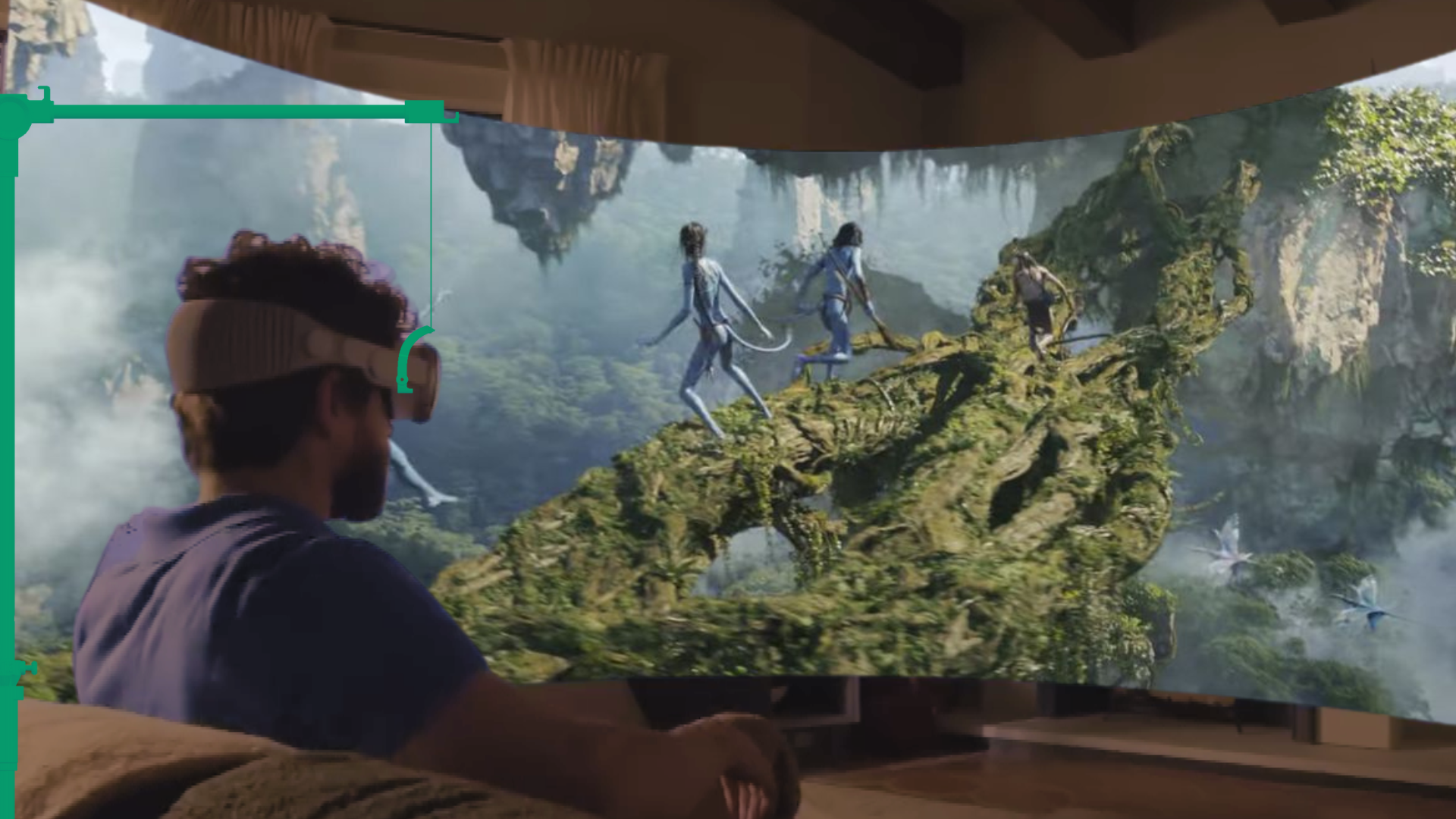
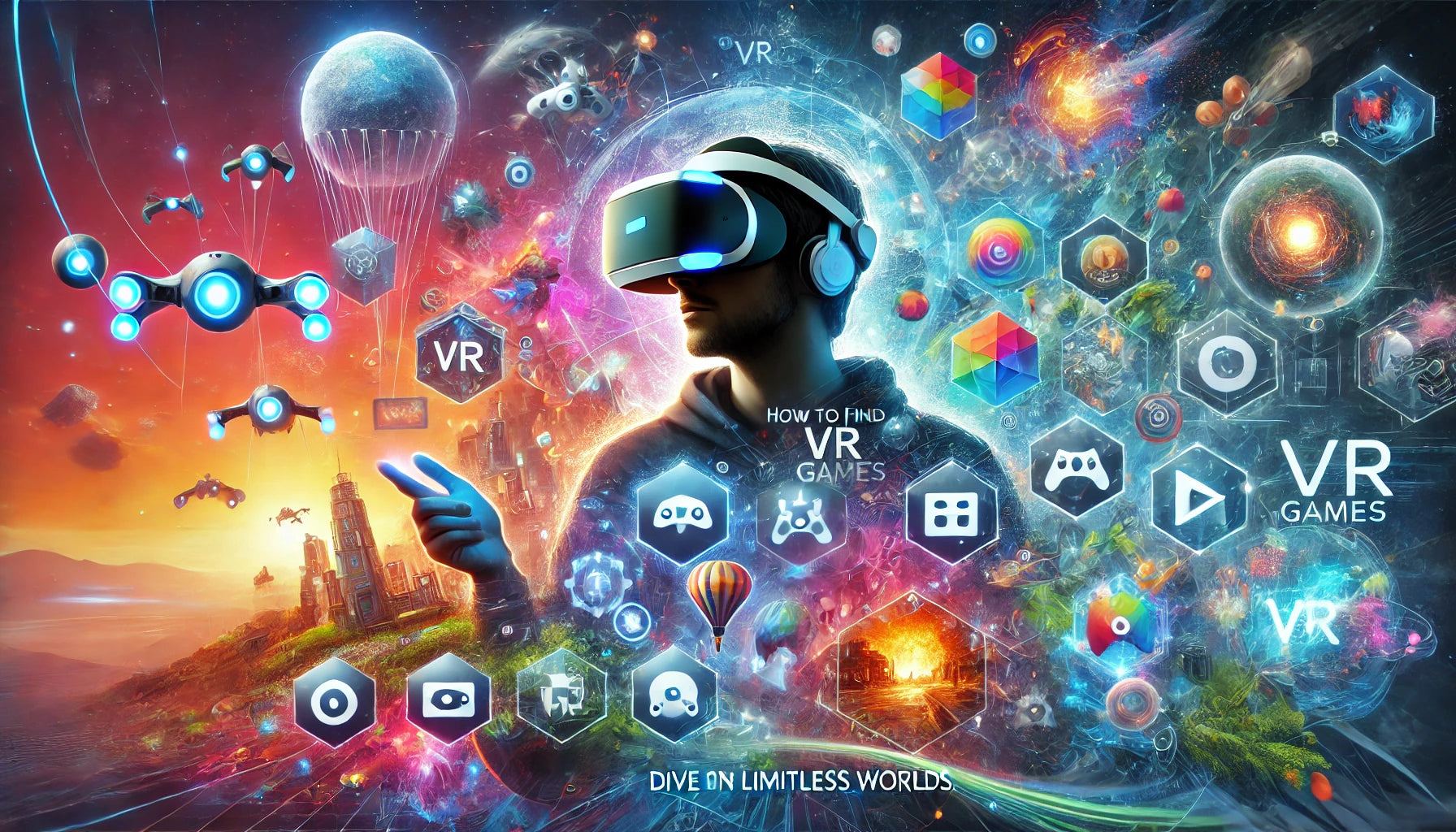
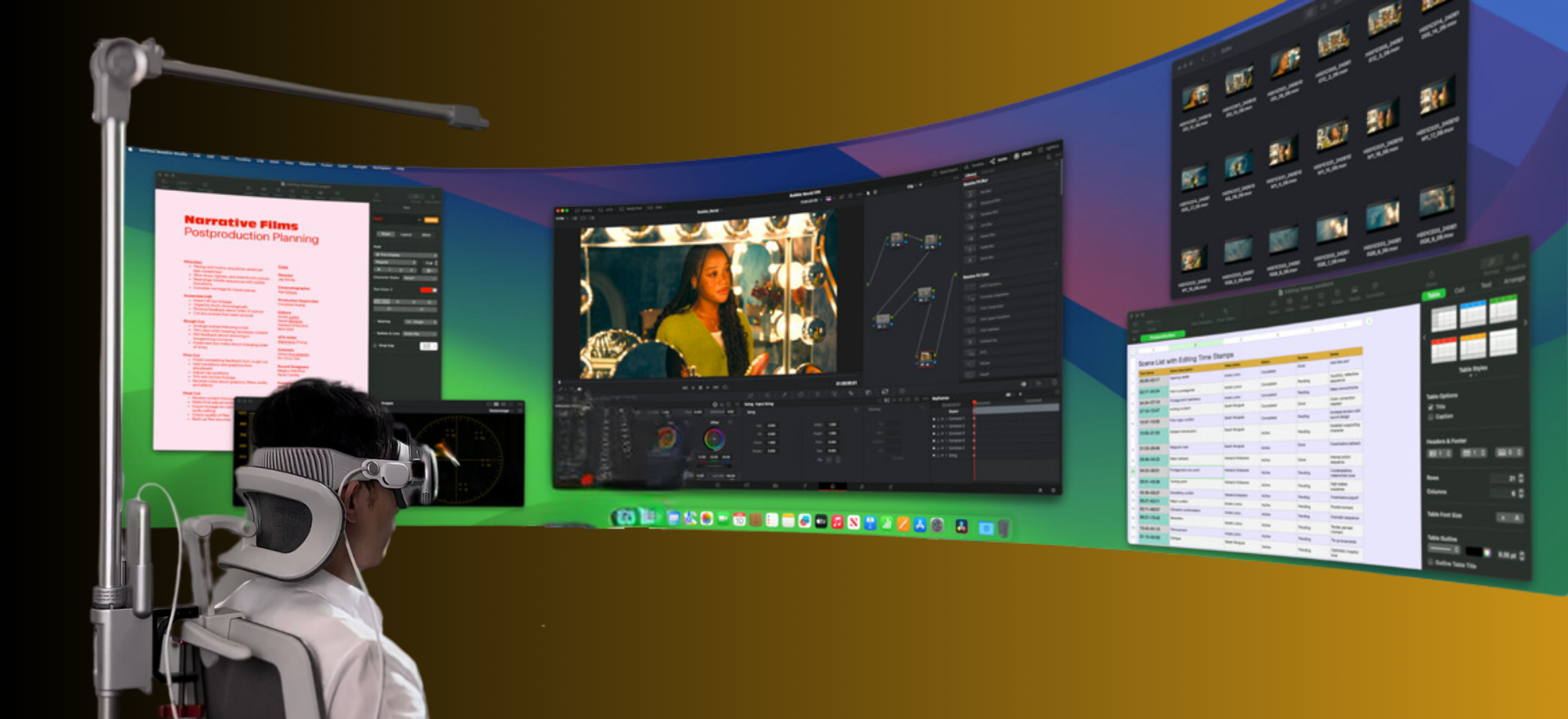
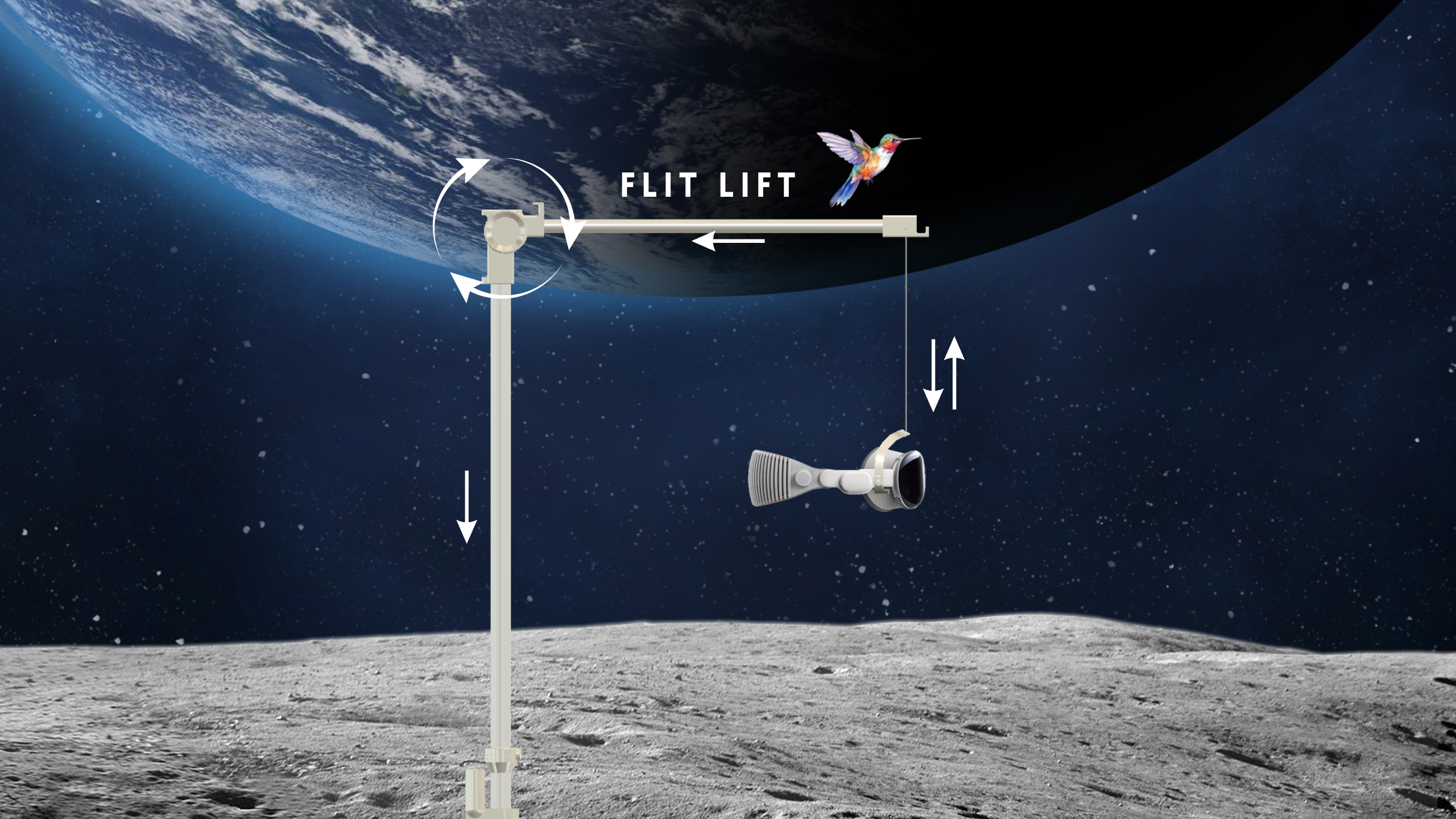

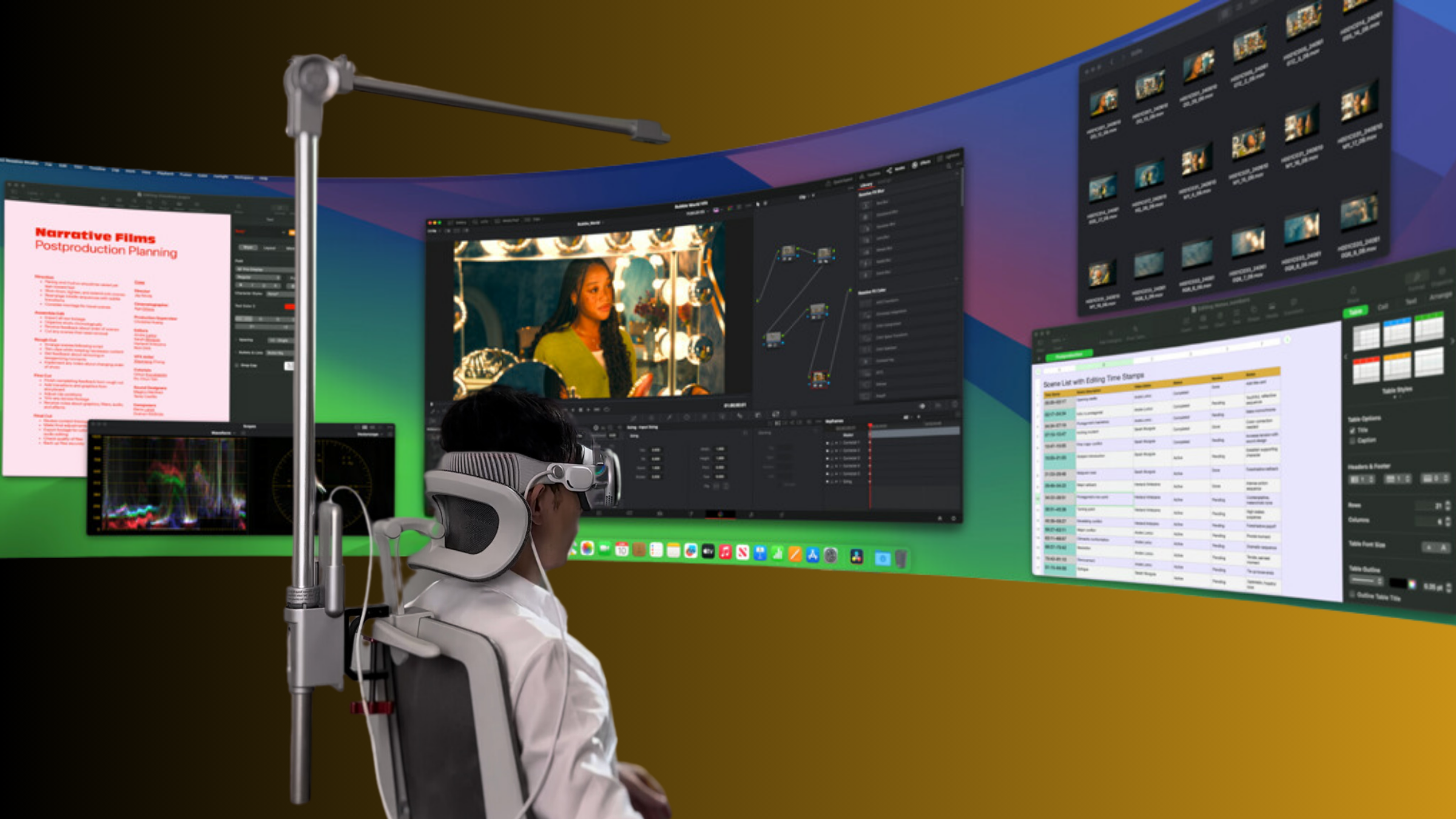

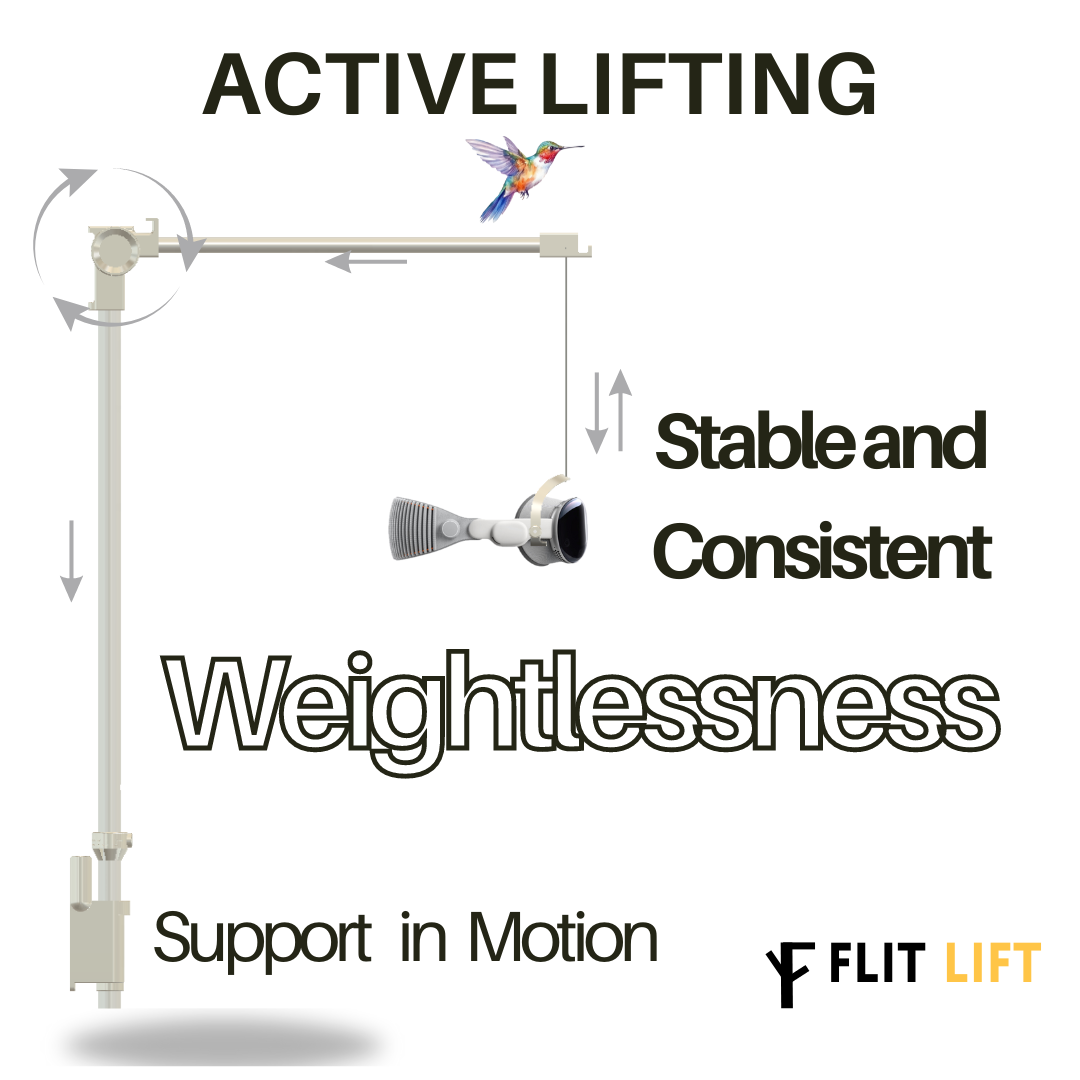
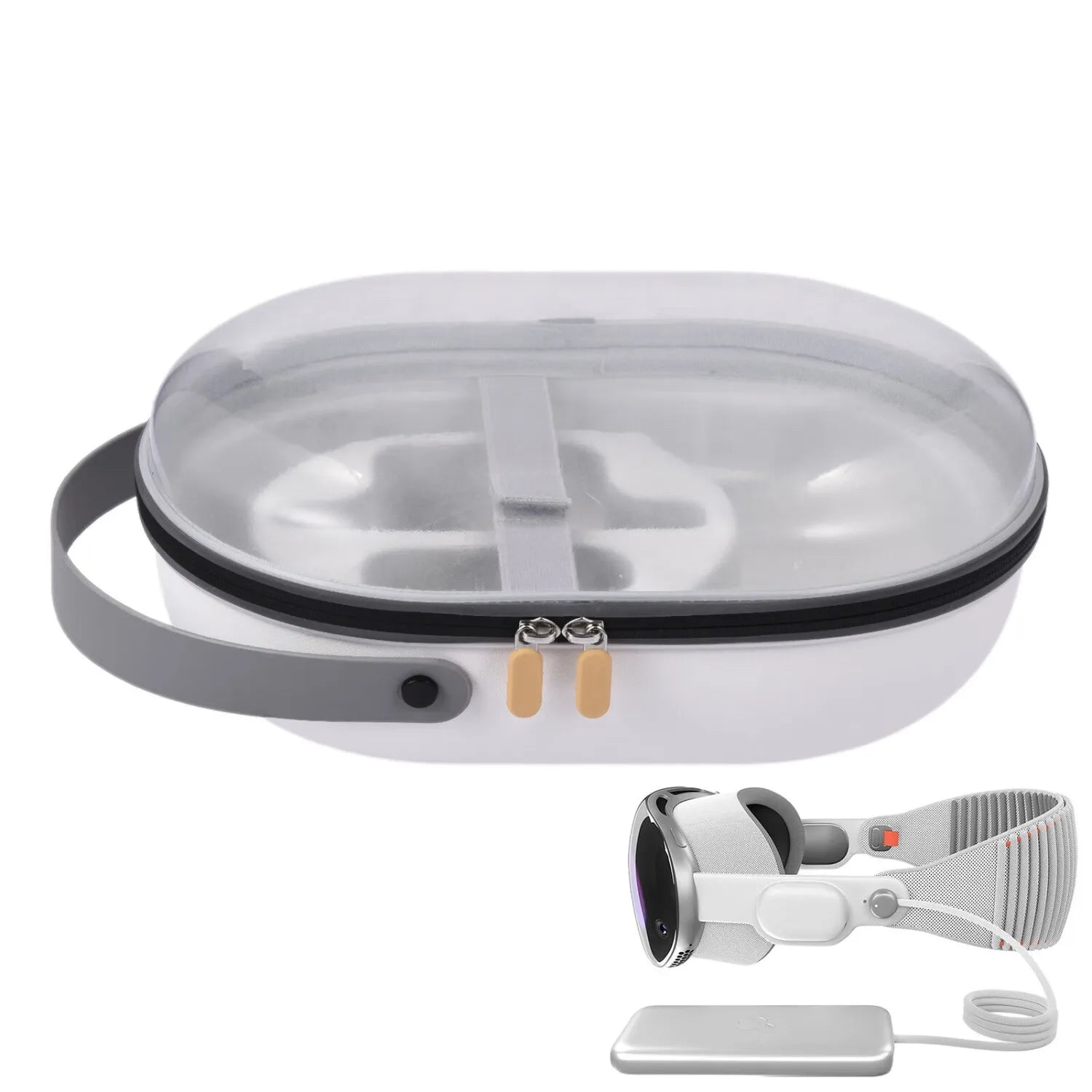

Share:
Vision Pro Development: The Strain on Developers and How to Alleviate It
How the Vision Pro Development Cycle is Leading to Burnout